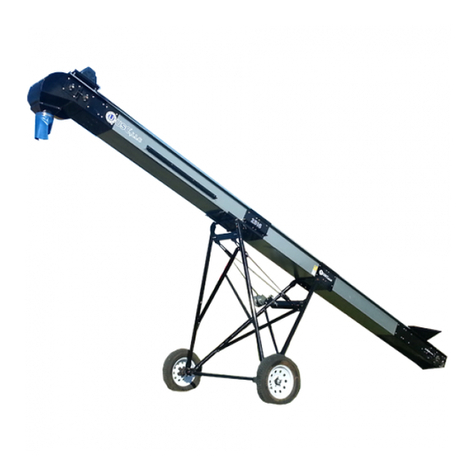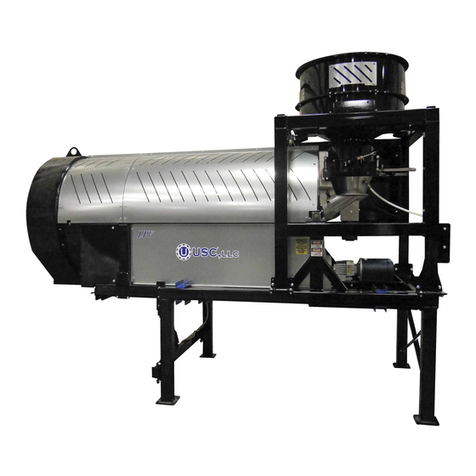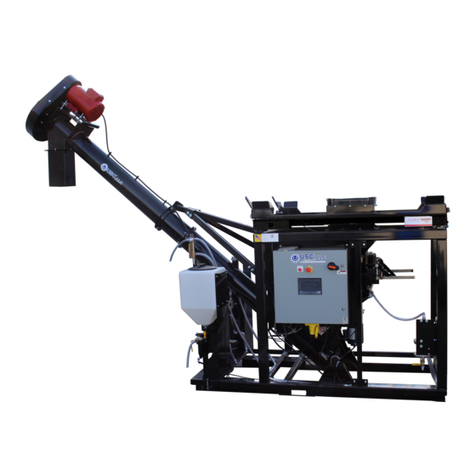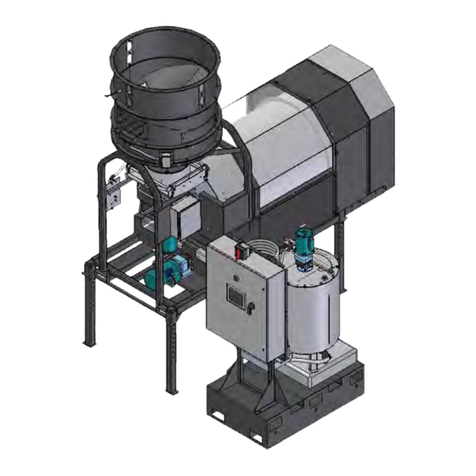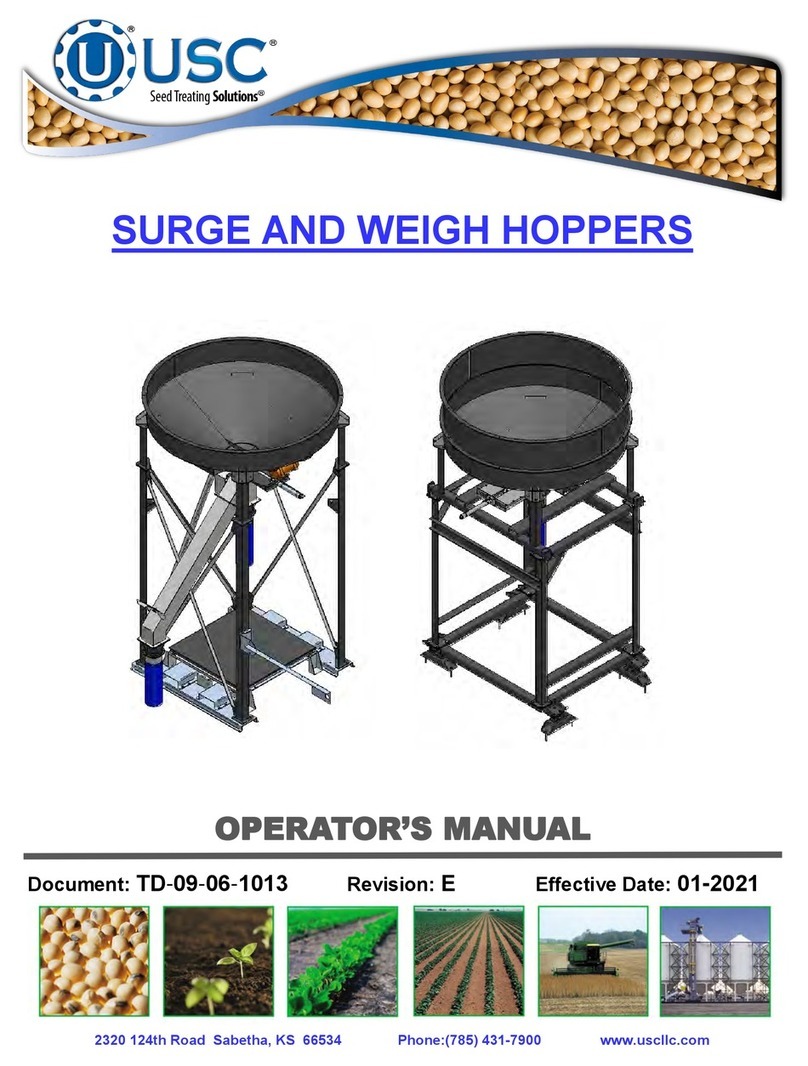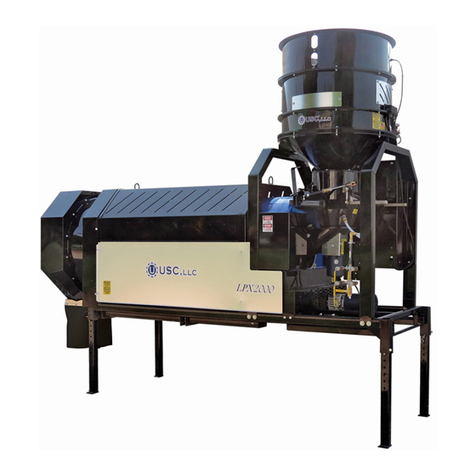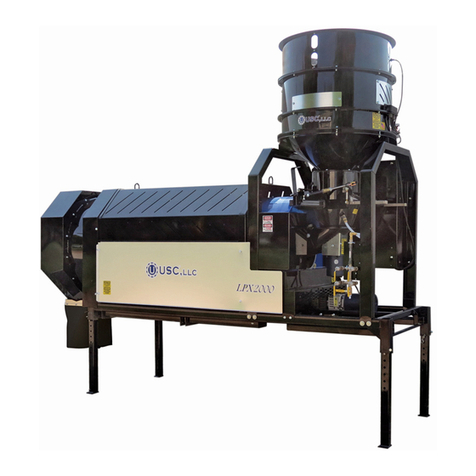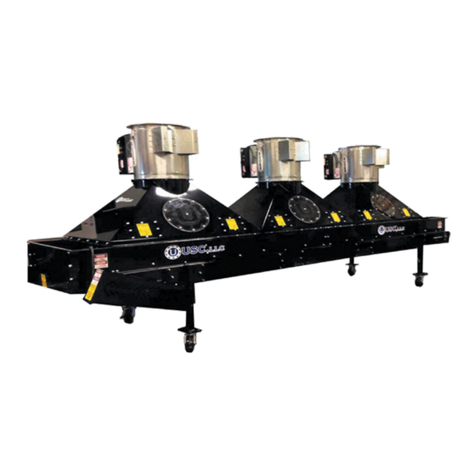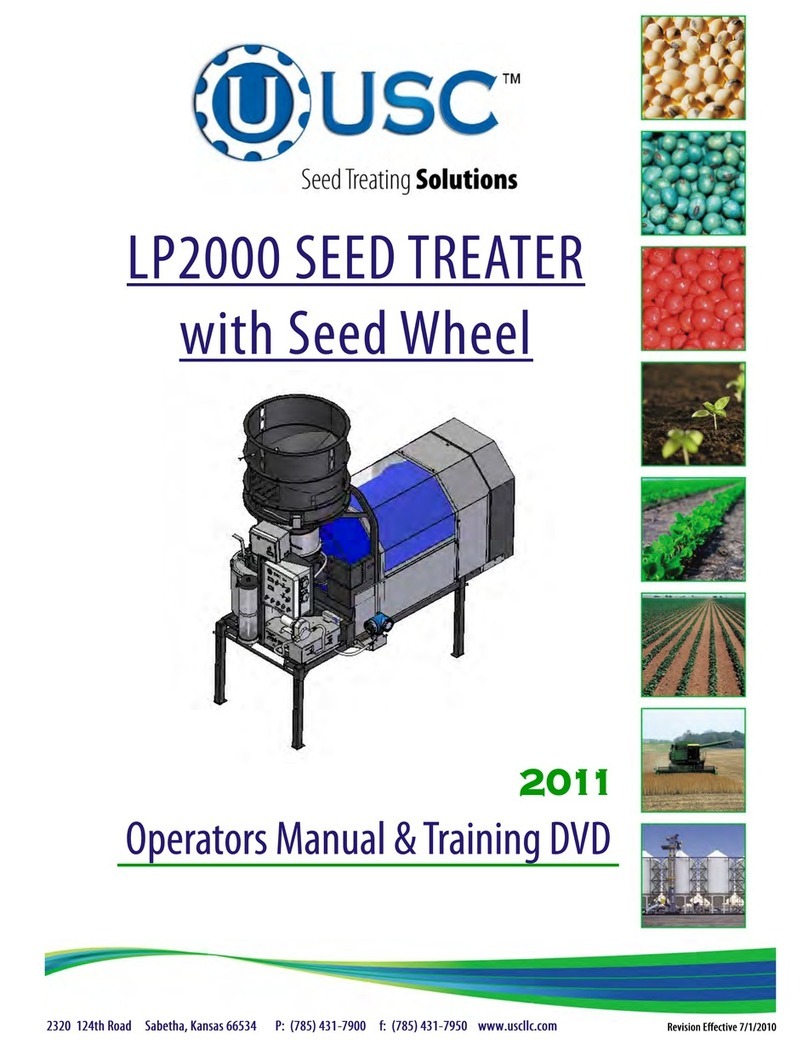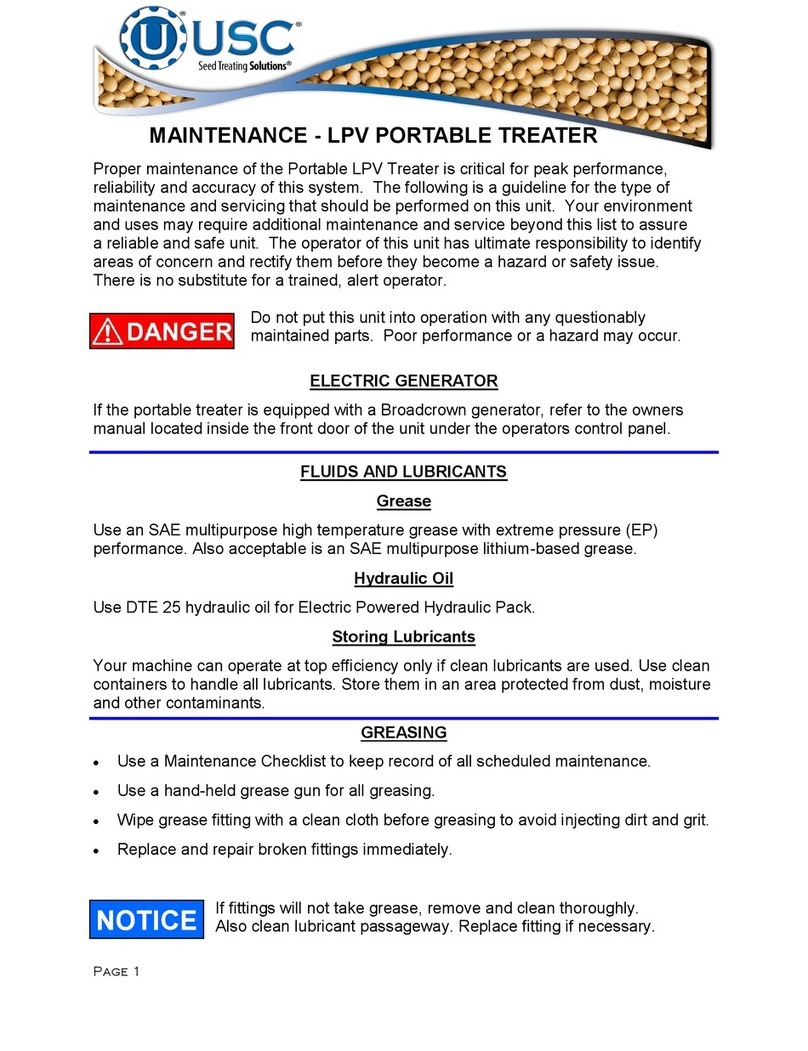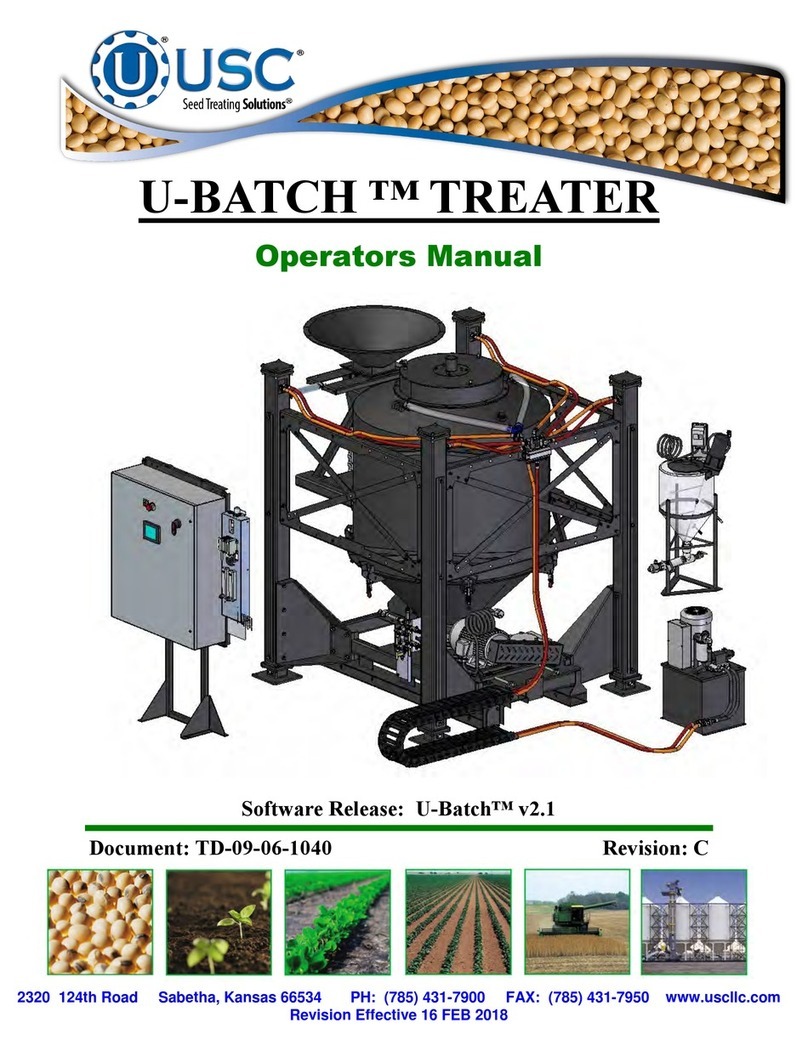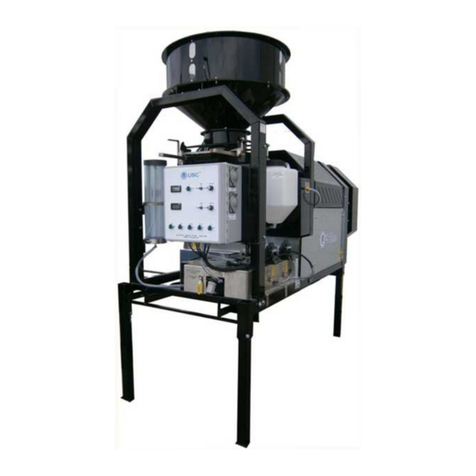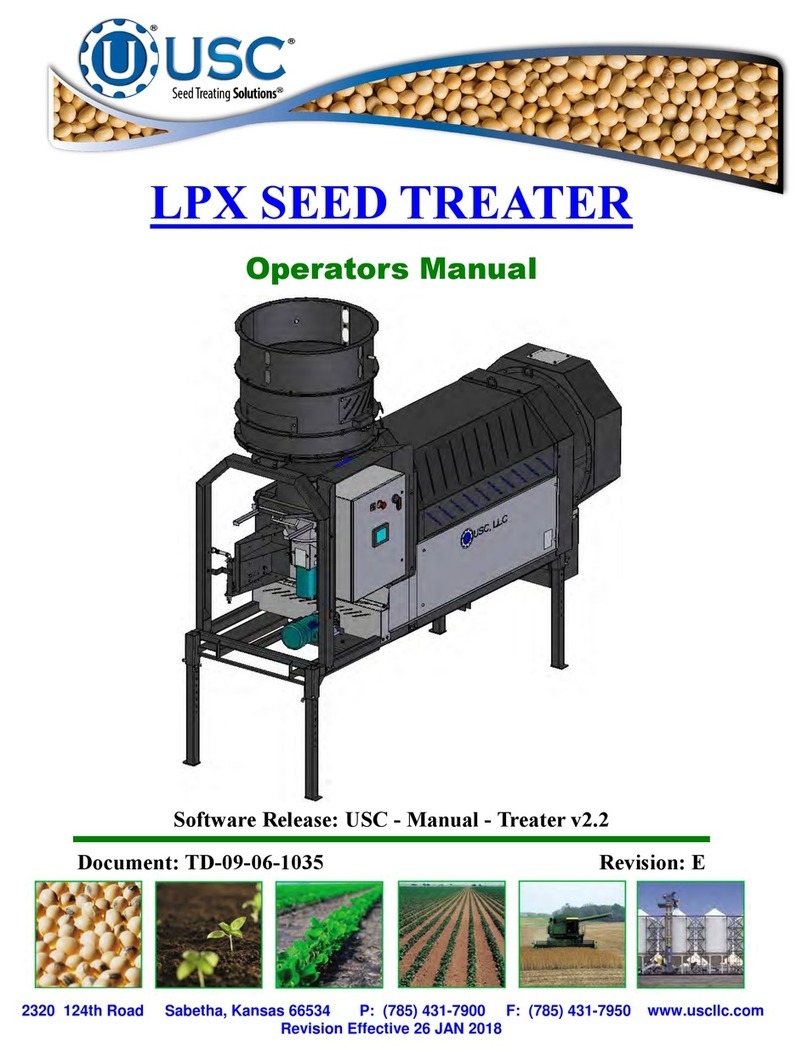
Page 9
LPV WEIGH BELT SEED TREATER
DANGER! RISQUE DE CHOC ÉLECTRIQUE ET D'ARC ÉLECTRIQUE
Évitez toute modification de l'équipement. Les modifications peuvent produire des
situations dangereuses, pouvant entraîner des blessures graves ou la mort. Cet
équipement doit être installé conformément aux codes d'installation locaux et aux
réglementations applicables qui doivent être scrupuleusement respectés dans tous les
cas. Les autorités compétentes doivent être consultées avant la réalisation des
installations. Les propriétaires / opérateurs sont responsables de connaître les
exigences, les dangers et les précautions associés à cet équipement. Les
propriétaires / opérateurs sont responsables d'informer tout le personnel associé à
l'équipement et tous ceux qui se trouvent dans la zone générale de l'équipement, les
exigences, les dangers et les précautions qui existent avec cet équipement.
L'équipement électrique doit être installé, utilisé, réparé et entretenu uniquement par
du personnel qualifié. Une personne qualifiée est une personne qui possède des
compétences et des connaissances liées à la construction et au fonctionnement du
matériel électrique et à son installation et qui a reçu une formation en matière de
sécurité pour reconnaître et éviter les risques encourus. Seules les personnes
correctement formées qui connaissent et comprennent le contenu de ce manuel et
toute autre documentation pertinente sur le produit sont autorisées à travailler sur et /
ou avec ce produit. Les propriétaires / opérateurs doivent s'assurer que toutes les
personnes autorisées ont une formation, des connaissances et une expérience
techniques suffisantes et être en mesure de prévoir et de détecter les dangers
potentiels pouvant être causés par l'utilisation du produit, en modifiant les paramètres
et par les équipements mécaniques, électriques et électroniques. de l'ensemble du
système dans lequel le produit est utilisé. Toutes les personnes travaillant sur et avec
le produit doivent être parfaitement familiarisées avec toutes les normes, directives et
réglementations de prévention des accidents applicables lors de l'exécution de ces
travaux. L'entretien et la maintenance de l'équipement ne doivent avoir lieu que si
l'équipement est hors tension et correctement verrouillé et étiqueté. S'il est impossible
de réparer ou d'entretenir l'équipement lorsqu'il est hors tension, les normes suivantes
doivent être référencées pour s'assurer que les pratiques de sécurité sont suivies et
que des EPI appropriés sont utilisés: 29 CFR § 1910.333 et 29 CFR § 1910.137.
Aucune responsabilité n'est assumée par USC, LLC pour les conséquences découlant
de l'utilisation de ce matériel.



